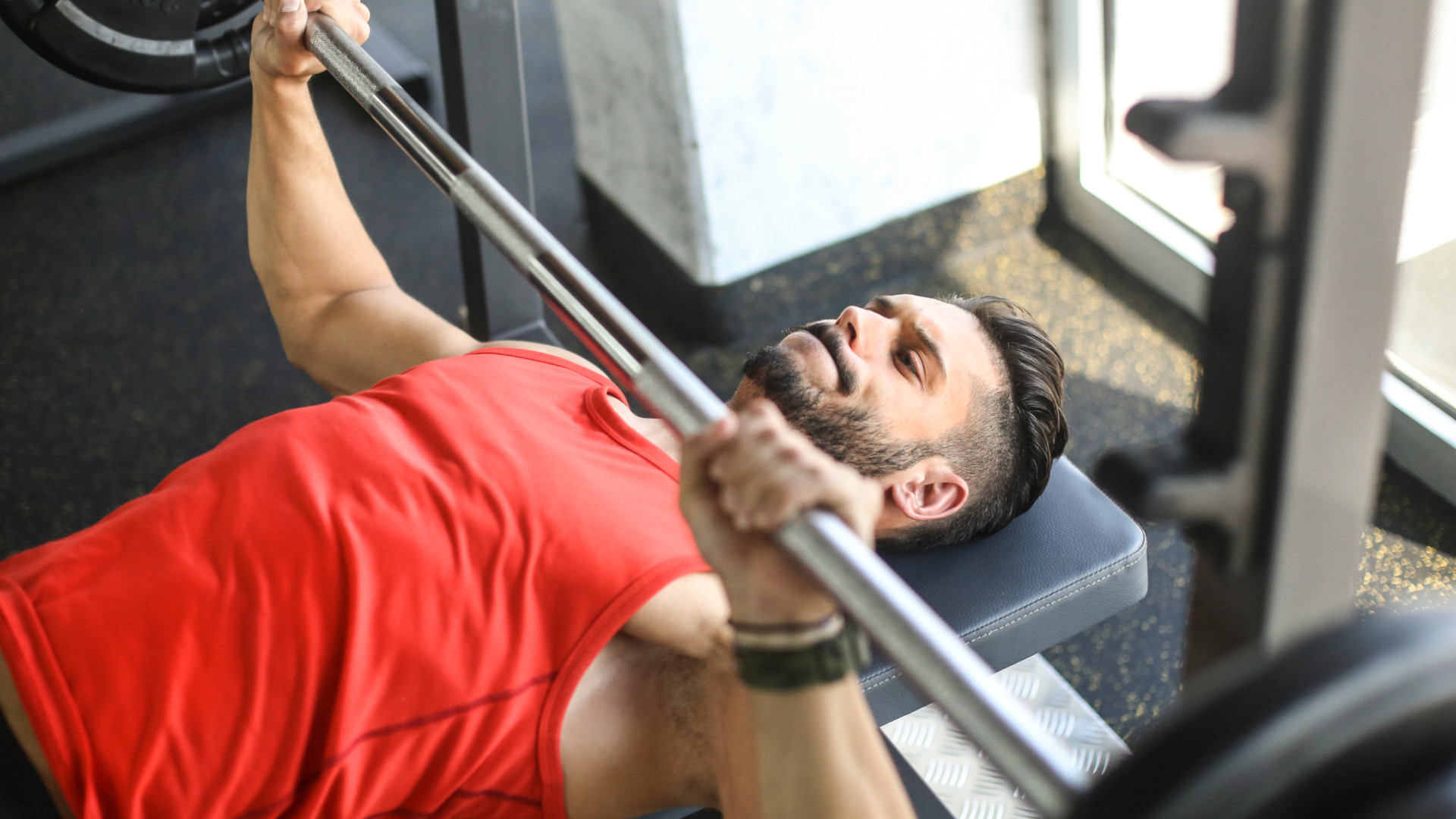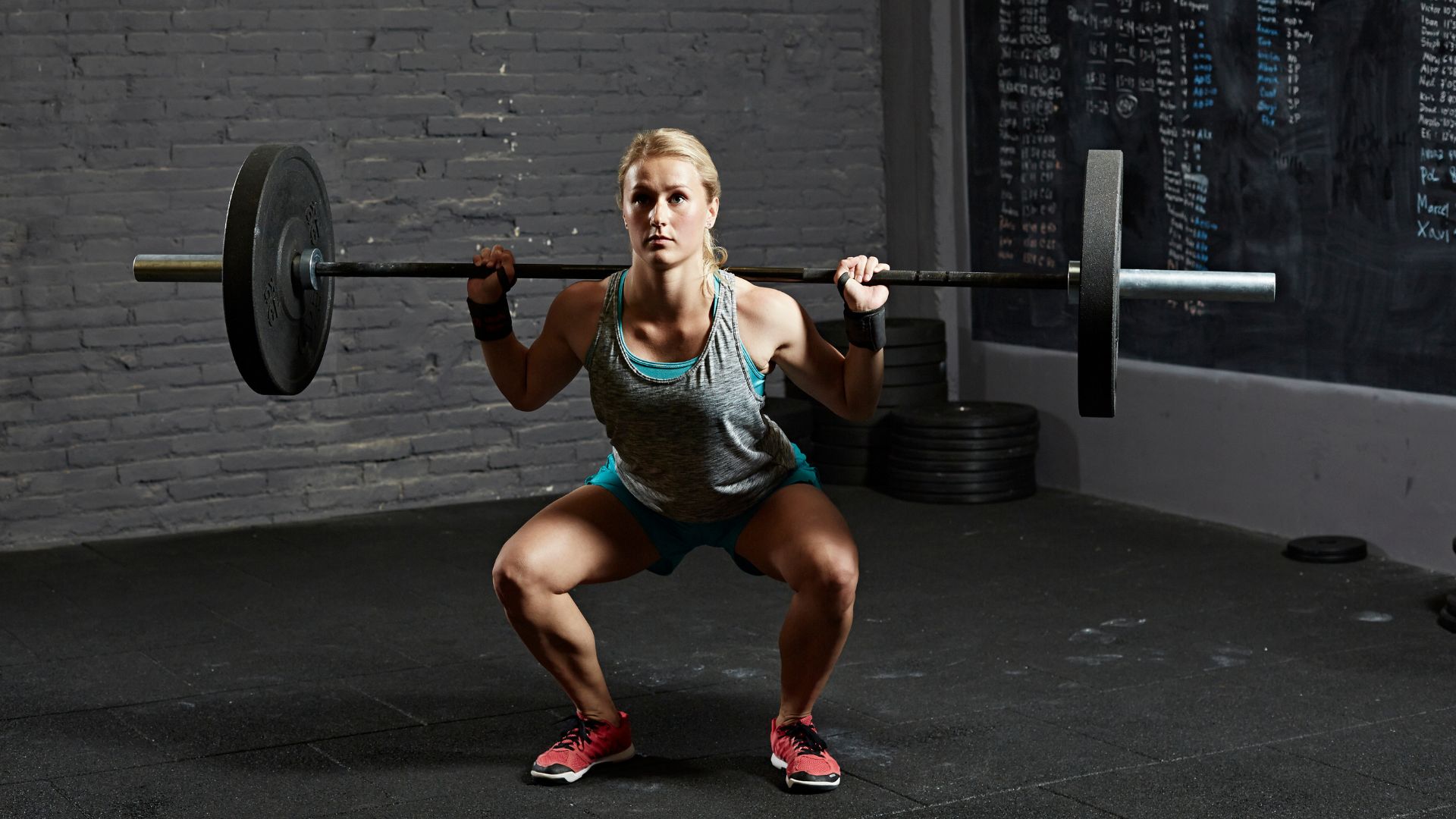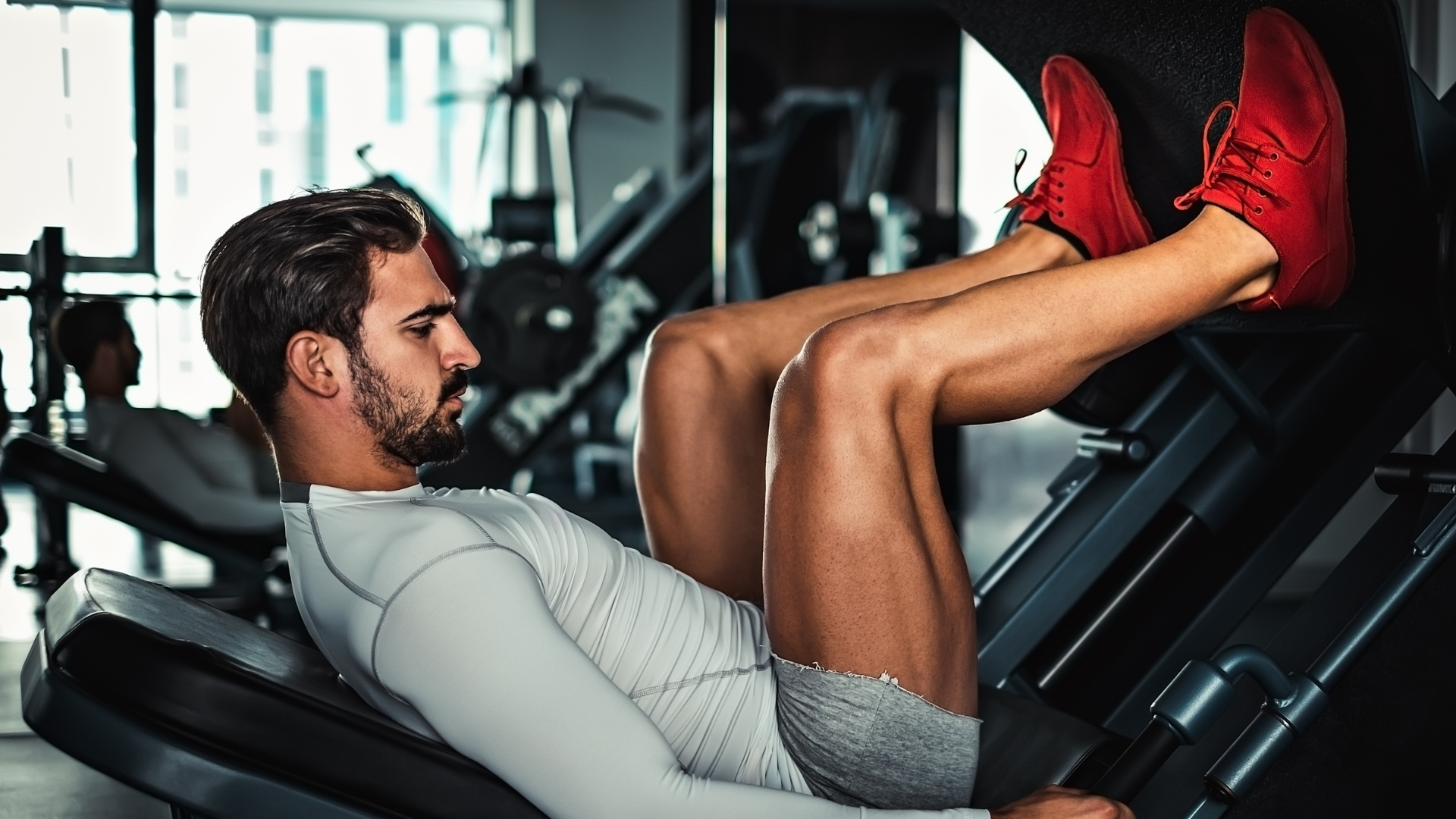Can feeler sets help you lift more weight in the gym?
This warm-up technique could make all the difference between a 'good' and 'bad' workout


Do you immediately pick up a pair of heavy dumbbells and immediately start working out? Tut, tut. You need to warm up! Especially if you want to reduce your risk of injury and give yourself the best possible chance for a successful lift.
Warming up for a workout may seem straightforward. You just do a few light reps for whatever exercise you’re doing then you’re done, right? Wrong. Well, technically, you could warm up like this. But, if you’re looking to shift some heavy weight, this could potentially increase your risk of injury and not prime your body efficiently.
Luckily, there’s a simple warm-up technique that can help: feeler sets. Guaranteed, it’s not rocket science, but making this small difference to your warm-up strategy could be the difference between a good gym session and a not-so-great one, and no one’s a fan of those.
What are feeler sets?
A-list celebrity trainer, Don Salidino, recently wrote about the difference between feeler sets and warm-up sets in an Instagram post. “A warmup set is a set of using light weight to get yourself warmed up for the movement. A “feeler” set is in between that and your working set as a way to work up into your heavy lifts,” he posted.
This means by the time you get to your actual working set you’ve warmed up your muscles and primed your nervous system for increased performance and decreased risk of injury. This is particularly important when performing heavy compound exercises (such as the squat, bench press or deadlift) as so many muscles are involved in the movement.
So, if you’ve ever found your second working set to be better than your first working set, chances are you haven’t warmed up properly.
The benefits

Reduced risk of injury
Get all the latest news, reviews, deals and buying guides on gorgeous tech, home and active products from the T3 experts
If you want to avoid hobbling out of the gym with a torn pectoral muscle or a strained lower back, then feeler sets are great for injury prevention. “It’s important to wake up your nervous system, increase your body temperature and blood flow, and lubricate the joints with synovial fluid, which cushions and protects them,” says Ali Woodward, Certified Personal Trainer and Gym Manager at Ultimate Performance. “Therefore, a structured warm-up is vital to ensure you decrease the risk of injury.”
Boosts physical performance
“If you don’t get enough blood flowing to the muscle groups you will be targeting during your workout session, you’re depriving them of oxygen and other nutrients, which can impair and significantly hamper your performance in the gym,” explains Ali. Feeler sets can therefore improve your exercise technique and boost your physical performance, such as lifting with more strength and power.
Gets your head in the game
Let’s be honest, there’s nothing worse than getting under a barbell, or lifting some dumbbells, and the exercise feeling a thousand times heavier than expected (especially when it didn’t feel that heavy the week before). Chances are, it isn’t and you haven’t got weaker, you just haven’t primed your muscles enough for the movement, whereas feeler sets are a great way to get you focused on what's to come, with limited surprises.
How to incorporate feeler sets into your warm up

According to Ali, the number of feeler sets you do will be largely determined by the rep range and load of your working sets. “For instance, if you’re planning a set of 8-10 presses with a moderate load, you may not need as many warm-up sets,” he says. “But if you are working up to a 3-5 rep set with heavy loads, you will likely require a more gradual ramp-up.”
Below is how Ali recommends using feeler sets as in your warm-up:
- First feeler set: 50% of your working set weight
- Second feeler set: 75% of your working set weight
- Third feeler set: 85-95% of your working set weight
If your working set is five reps, Ali suggests aiming for three-five reps in your feeler set. Alternatively, if your working set includes 10 reps, then your feeler sets could include 8 reps. Aim for a few less reps than your working set and you'll be well on your way to smashing your session!

Bryony’s T3’s official ‘gym-bunny’ and Active Staff Writer, covering all things fitness. She is a certified personal trainer and also a part-time fitness instructor. In her spare time, you will find her in her natural habitat - the gym - where her style of training is a hybrid of bodybuilding and powerlifting. Bryony loves writing about accessible workouts, nutrition and testing innovative fitness products that help you reach your fitness goals and take your training to the next level.